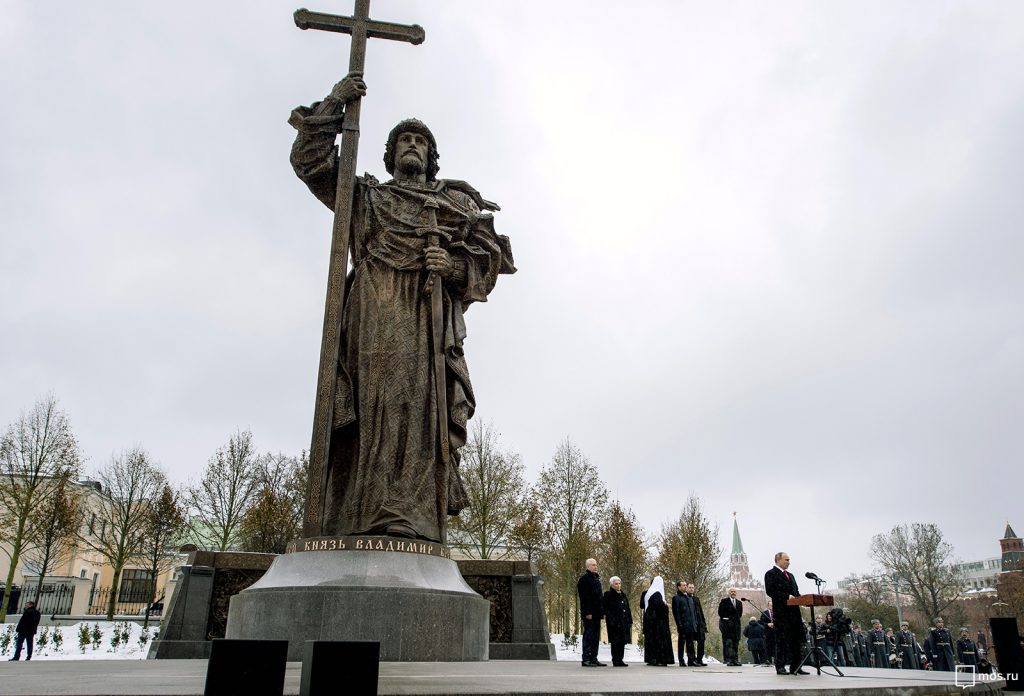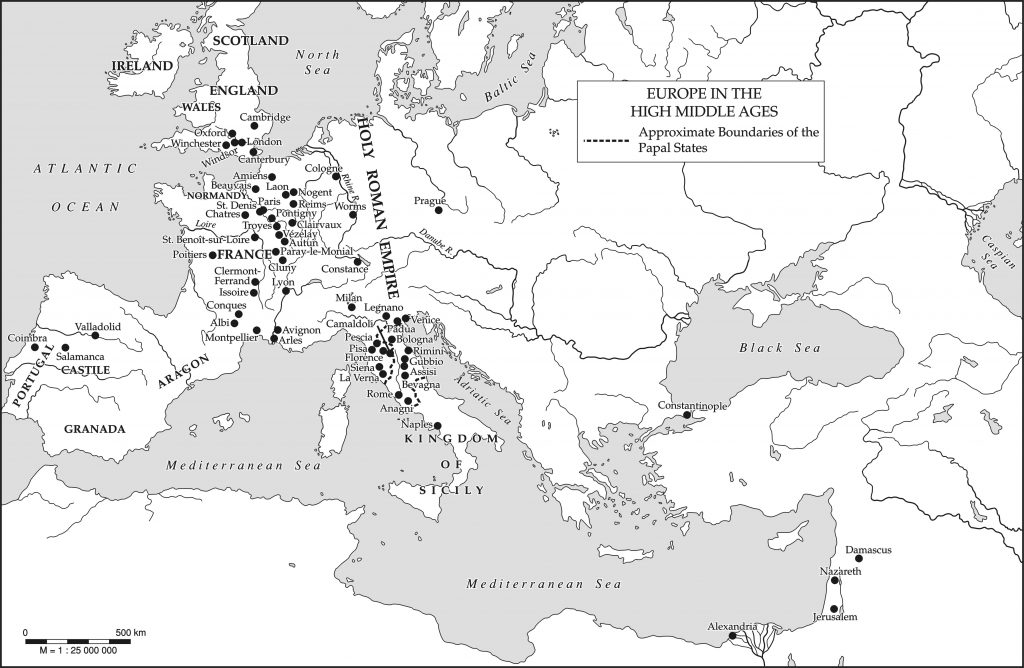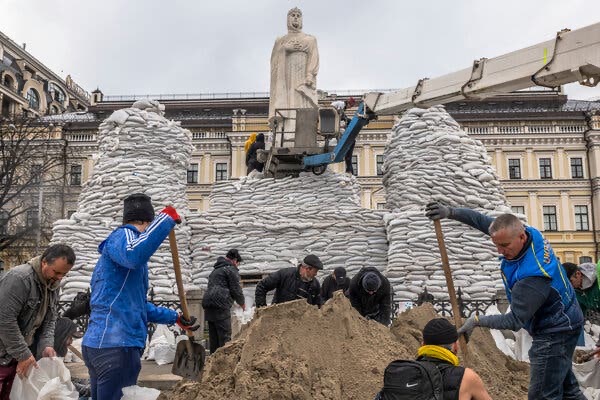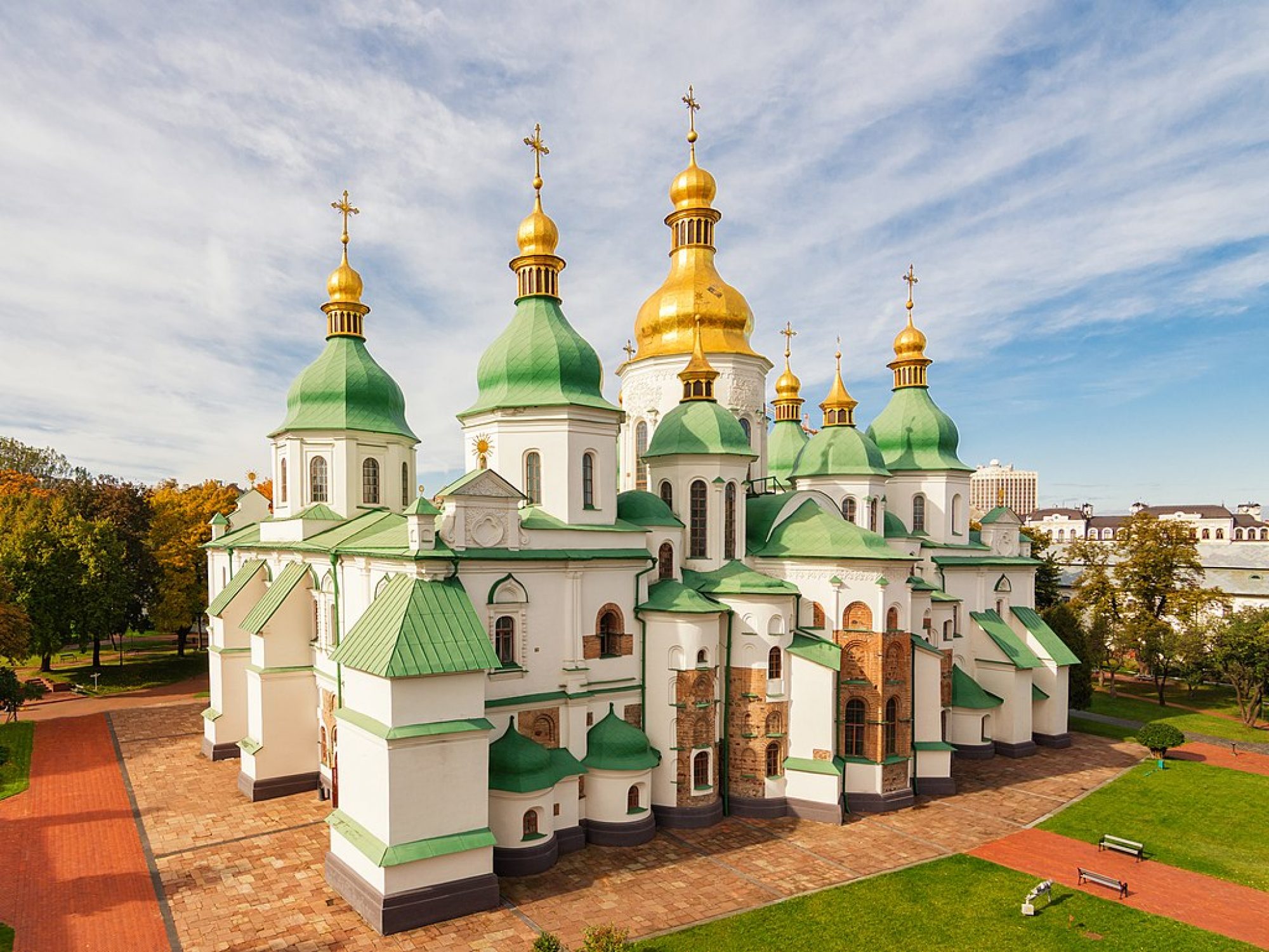This text was authored by Christian Raffensperger, Kenneth E. Wray Chair in the Humanities and Professor of History, Wittenberg University.
Vladimir Putin contended in his July 2021 article, “On the Historical Unity of Russians and Ukrainians” that Ukrainians were Russians. This went unnoticed by most in the West, but it was part of a larger, and longer, pattern of Russian nationalism in which all of the East Slavic peoples were Russians, of the little (Ukrainian), white (Belarusians), and great (Russian) variety. Putin’s narrative was not new, nor were his arguments.

The famous Russian historian V. O. Kliuchevsky wrote a five-volume History of Russia in the late nineteenth and early twentieth centuries, which created a narrative of Russian history in which it was separate from Europe. Russia traced its descent to the Roman Empire, then to Byzantium (the second Rome), and Moscow ended up as the third Rome, inheriting control over the eastern European sphere.
At the same time, historians in Western Europe were writing the narrative of medieval Europe, as if it did not have an eastern half. The famous Cambridge Medieval History collection devoted just one volume to the territory, and it was focused (as the title indicates) on Byzantium – The Eastern Roman Empire (717-1453). The editor of the series, J. B. Bury, explained why, noting that:
The orbit of Byzantium, the history of the peoples and states which moved within that orbit and always looked to it as the central body, giver of light and heat, did indeed at some points touch or traverse the orbits of western European states, but the development of these on the whole was not deeply affected or sensibly perturbed by what happened east of Italy or south of the Danube… (Bury, 1923, vol 4, p. vii).

Although these texts date from one hundred years ago, they ended up forming the base for modern scholarship in both East and West. Textbooks on medieval Europe published in English generally follow Bury’s model and cover only half of “Europe.”
Russian studies is its own discipline and has collected Kyivan Rus for its own history. The picture created is an anachronism. Kyivan Rus was part and parcel of medieval Europe as a whole. Yet, due to the divisions created by modern scholars it has been separated off and consigned to Russian history. All of which leaves aside its basis as the history of not only Russia, but also Ukraine and Belarus.

Putin’s article was not just an attempt at revisionist history, but a rationale for his 2022 invasion of Ukraine. Historians have participated in that rationalization of Kyivan history as “Russian” history by not challenging the two narratives discussed here.
Though it may not help on the battlefields of eastern Ukraine today, writing a more accurate history of the medieval past will help us all have a better understanding of history, to help us understand the present.
Notes
Access Christian Raffensperger 2022 recorded lecture “Medieval Origins and Modern Constructs, Rus–Ukraine–Russia” at https://www.doaks.org/events/byzantine-studies/kyivan-rus-to-modern-ukraine-home/medieval-origins-and-modern-constructs-rus-2013ukraine-2013russia.
